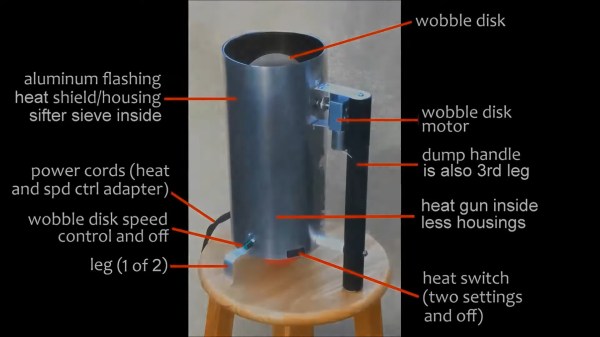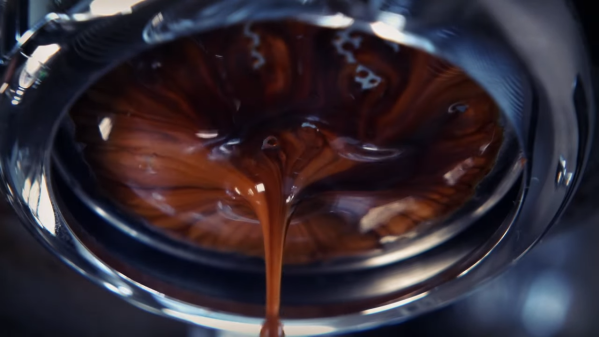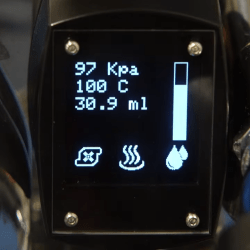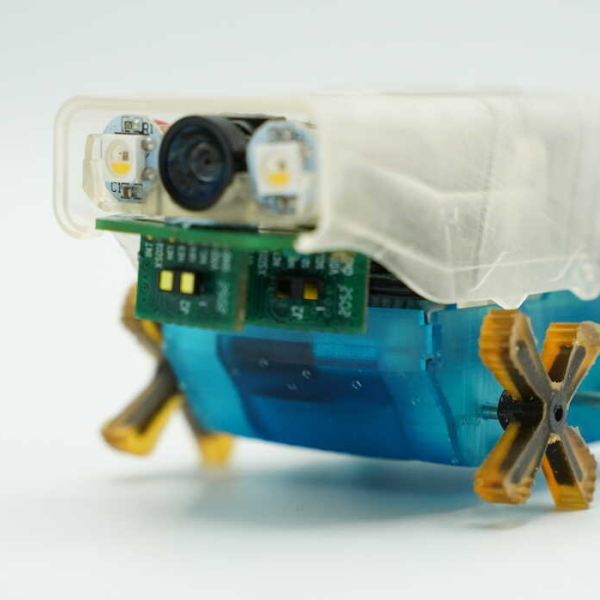One of the simple pleasures of life is enjoying a drive to work… only to get stuck in traffic that you could’ve known about if you just checked before your daily commute. Who are we kidding? There’s almost nothing worse. [Michael Rechtin] saw this as a great opportunity to spruce up his living room with something practical, a coffee table that serves as a traffic map of Cincinnati.
The table itself is fairly standard with mitered joints at the corners and coated in polyurethane. Bolt on a few legs, and you’ve got a coffee table. But the fun comes with the fancy design on top. A CNC-cut map of Cincinnati is laid out under a sheet of glass. Roads and rivers are painted for a nice touch.
Of course, none of the woodcraft is what gets the attention. This is where the LED light show comes in. On top of the map resides an animated display of either road conditions or the other five pre-programmed animations. The animations include color-coded highways or the good ole’ gamer RGB. To control all of the topographic goodness, a Raspberry Pi is included with some power regulation underneath the table. Every minute, the Pi is able to grab live traffic data from the cloud to display on top.
A looker, this project shows how our hacking fun can be integrated directly into our everyday life in more subtle ways. When we want to decorate ourselves, however, we might want to turn to more personal fare. Check out this miniature liquid simulation pendant for some more everyday design.



















